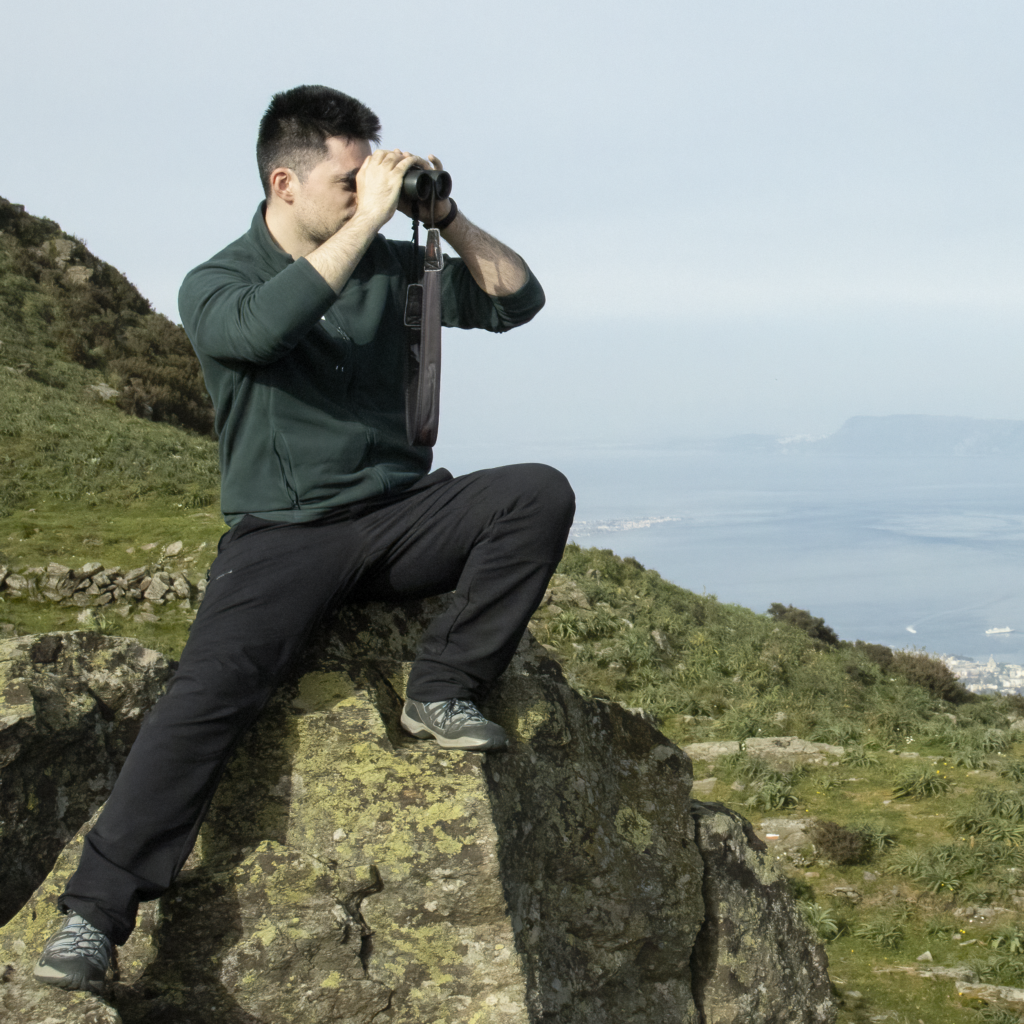One Book, Two Experts: What Do They Think of “The amazing ants of the wet tropics field guide”?

A children’s book can be all of these things: an adventure, a lesson, an inspiration. But what do two experts think? To find out more, we compared two reviews of the new nature guide “The amazing ants of the wet tropics”. Aniek Ivens appreciates its educational structure and conservation value, while Olena Kolumba is fascinated by the curiosity and passion that the book has aroused. Two points of view for a single book that is accessible and enjoyable for everyone!
Edit by Purbayan Ghosh and Salvatore Brunetti


A Book Review by Aniek Ivens

The ‘Amazing ants field guide’ is a very accessible book, aimed at children of all ages living in or visiting Cairns and the Wet Tropics World Heritage Area in Northern Queensland, Australia. It’s accessible not only in the way it‘s written but also because it’s freely available for download to everyone interested.
The book consists of an educational section and a taxonomic section. The educational section provides a delightful introduction to ants, packed with fun facts, life history details and biology. It also provides a hands-on overview of how to go ant hunting in the area, including the necessary precautions to be taken. The taxonomic section depicts commonly found ants, grouped by habitat (trees, ground, underground) and ends with a section on invasive ants.
The book truly is inspiring, it makes me want to hop on a plane and revisit the area (I have been lucky enough to go once) to search the gorgeous ants so beautifully depicted. I can imagine it’s equally inspiring for kids in the region, motivating them to go out and explore. It shows that anyone can find, collect and identify ants and have fun doing it too. I wish a guide like this had existed for my area when I was young and I would wish for my kids to have a book like this available for our area (the Netherlands) too. It reminds me of Dr. Eleanor’s Ants of New York City by Eleanor Spicer Rice, which has a similar set-up. Imagine if this became a global book series!
The book covers a lot of information, from the birth and life of a colony, to ant diets and ant-mutualism. Yet, the information well-dosed and never overwhelming. It’s also beautifully illustrated with pictures from the field and cartoons (even if the ants in the cartoons are not always anatomically perfect!). The text has high educational value, explaining many terms and even providing phonetic spellings for really difficult words like myrmecologist. The definitions of these terms are now behind the specific words in brackets, but the book could do with a glossary or highlighted terms with the definition in the margin. That would improve readability even further.
The selection of species in the taxonomic section is very nice. For each species characteristics are listed, a photo is included and common and Latin names are provided. Wherever possible, the explanation for the common name is given, makeing it even more memorable. Unfortunately, that explanation is not available for every species, so that leaves one to wonder why Cocktail Ants (Anonychomyrma), for example, are named cocktail ants….? I would love to know! For all described ants scientific names are also given prominently on the respective pages, but it is not explained why we use these difficult Latin names, which might have helped younger readers.
In all, this is a fun, accessible and inspiring book- but also has a deeper layer! The final section on invasive ants makes that clear. There are multiple eradication programs for invasive ants in Northern Queensland. In fact, the author works with the Wet Tropics Management Authority and the guide is funded by the Yellow Crazy Ant Eradication Program. For each invasive species, the relevant program is named, including contact details to report sightings. Support from the general public is indispensable for success of these programs and this guide is a very smart move in getting the general public involved. The book inspires kids to be on the look for (invasive) ants. The kids can then notify their parent, who can take action. Therefore, this book is as useful for conservation as it if fun; and it might just inspire a future mir-meh-call-o-jist along the way!

A Book Review by Olena Kolumba

Valentine, trap-jaw, big-headed, and Dracula…No, these are not members of a dysfunctional superhero team – they are just a few of the incredible ants featured in The Amazing Ants of the Wet Tropics Field Guide, published by the Wet Tropics Management Authority of Australia, discusses. This fun, engaging, and easy-to-read book serves as a perfect introduction to myrmecology for many budding scientists both on the continent and beyond.
The guide explores numerous aspects of ant behavior, lifecycle, and physiology in a way that is not just educational but also highly fun and engaging. Since Australia is home to more ant species than any other country, the Wet Tropics Management Authority created this field guide to help budding scientists and their parents distinguish between some of the hundreds of ant species they may encounter. Each species is described in terms of size, habitat, appearance, and behavior, allowing identification in the wild both easy and exciting.
While the book primarily focuses on the different ants of this region, it also answers many of the common questions children might have about the ants and their environment, fostering appreciation for the complexity of the natural world from a young age. For example, did you know that zombie ants are real? I did not-until reading the guide! It turns out that fungi like Cordyceps and Ophiocordyceps can infect an ant’s brain, controlling its movement and leading to its subsequent demise. Pretty scary, right?
As a scientist in training, one of my favorite parts of the book was “Ready to go looking for ants?” This section includes an explorer’s checklist and practical advice on how to find and identify different insect species while also ensuring minimal disturbance to them and other animals in the surroundings. For example, it is a good idea to bring a torch while looking under rocks, but lifting rocks away from yourself is best so that any hidden creatures can safely escape.
A crucial section of the guide is focused on invasive species. Introduced animals pose a concern to the local ecosystems worldwide, and the book highlights the danger posed by introduced ants, including harming wildlife, reducing crops, and disrupt entire ecosystems. Importantly, the guide empowers young explorers by encouraging them to report invasive species if spotted. With statements like, “We need your help!” and “Thank you for helping us look for invasive ants and protecting the environment!,” the book fosters a sense of responsibility, encouraging young explorers to think about the larger ecosystem and their role in conserving it.
While the guide is highly engaging and accessible to anyone with scientific curiosity- regardless of age, education level, or geographical location- I would love for similar books to be published in other countries. Ants are everywhere, and they provide an easy and exciting way to spark interest in biology and ecology among children around the world. Especially if young explorers can find and classify ants in their own backyard or a nearby park/forest, it seems certain that their passion for exploring the natural world would be profoundly increased. I can already imagine them, years later, saying how they got into science during PhD recruitment, “When I was eight, my grandma gave me this field guide about ants in the different environments of Switzerland…”
Having worked with insects in a research setting, I still learned plenty of new and fascinating information from The Amazing Ants. I am confident that this book can inspire the next generation of myrmecologists and biologists to pursue science as a hobby or a career. I would highly recommend it not just to children but also to parents and even current ecologists, to read the guide to learn more about ants, spark your own curiosity, and, importantly, learn how to share it with others.
So, what is your favorite species of Australian ant?






Recent Comments